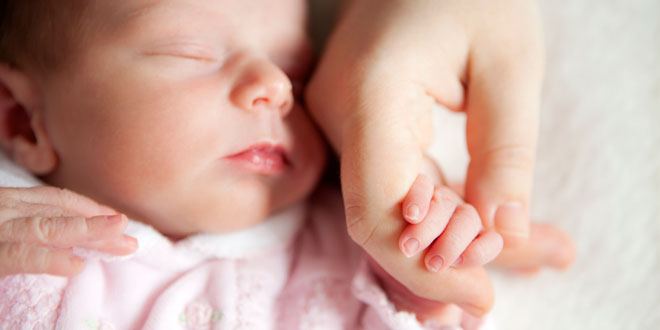
Study explores the secret world of breast milk sharing
Breast milk sharing has existed for as long as humans have reproduced, and despite periods of virtual abandon in certain cultures, the internet has facilitated a burgeoning exchange network, according to a new study.
High income, highly educated white moms make up the biggest demographic in this realm that betrays a veil of mystery to those outside it — who might be as surprised as the researchers claim to have been upon learning that these moms often breastfeed each others’ babies.
“I was surprised by the high prevalence of overlap, where women who were donors were also recipients,” says co-author Beatriz Reyes-Foster a sociocultural anthropologist at the University of Central Florida in the US. “And many of them aren’t exchanging milk in containers, they’re cross-nursing.”
Cross-nursing is the technical expression for the act of feeding a baby that’s not your own, not to be confused with wet-nursing, which is a professional service that’s less sought after today than in the past.
Breastfeeding is enjoying increasing popularity in and of itself thanks to burgeoning research that says breast milk is good for children, making them resistant to disease both early and later in life.
Sharing works for women who can’t produce their own milk, and sharing takes place between strangers who meet on the internet, which critics say is risky.
That occurs more rarely than previously thought, according to the study, which also found that monetary exchanges occur less often than no-strings-attached sharing.
“The medical community seems to have a perception that women are buying or obtaining breast milk from anyone who will provide it and that they can find on the internet, says co-author Shannon Carter of UCF. “We found milk sharing to be a much more complex process, involving friends, friends of friends, and hybrid online/offline communities.”
The research team collected their data by circulating surveys online using tools like Facebook and worked with a total of 392 completed surveys.
Most respondents, or 64 percent, had attended university; approximately 47 percent of participants had household incomes of at least $70,000; and most of them were stay-at-home moms with one or two children.
All but one of the participants had been sharing breast milk since 2010.
One participant who was quoted reported a positive milk sharing experience but said she would like to know more about the safety of the practice.
Source: AFP Relaxnews

